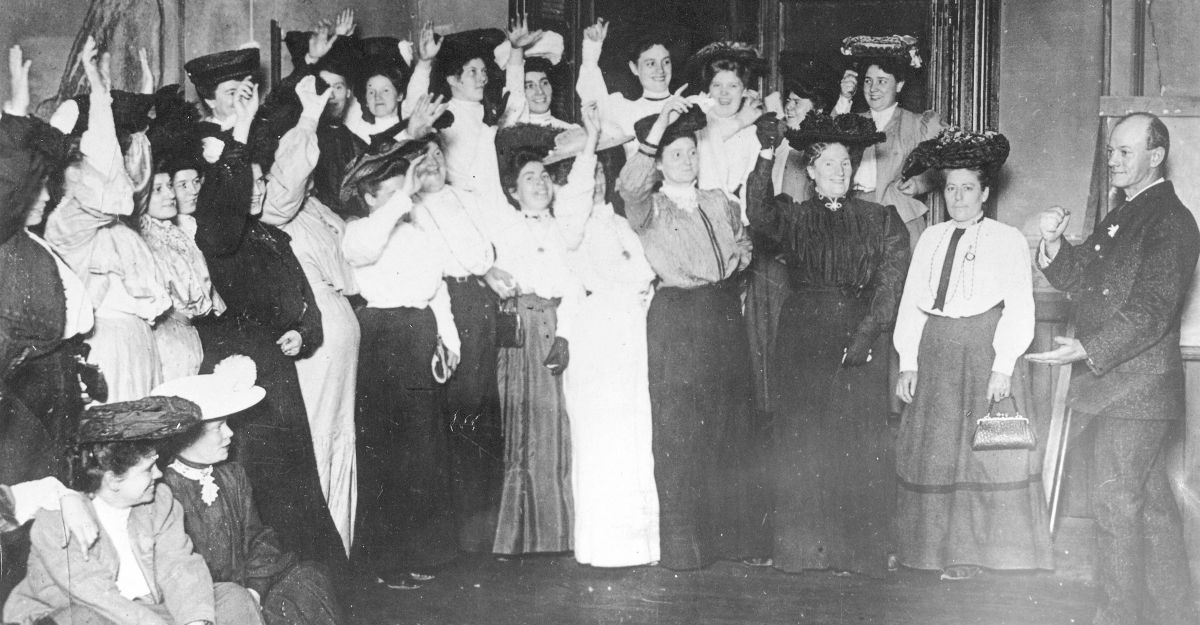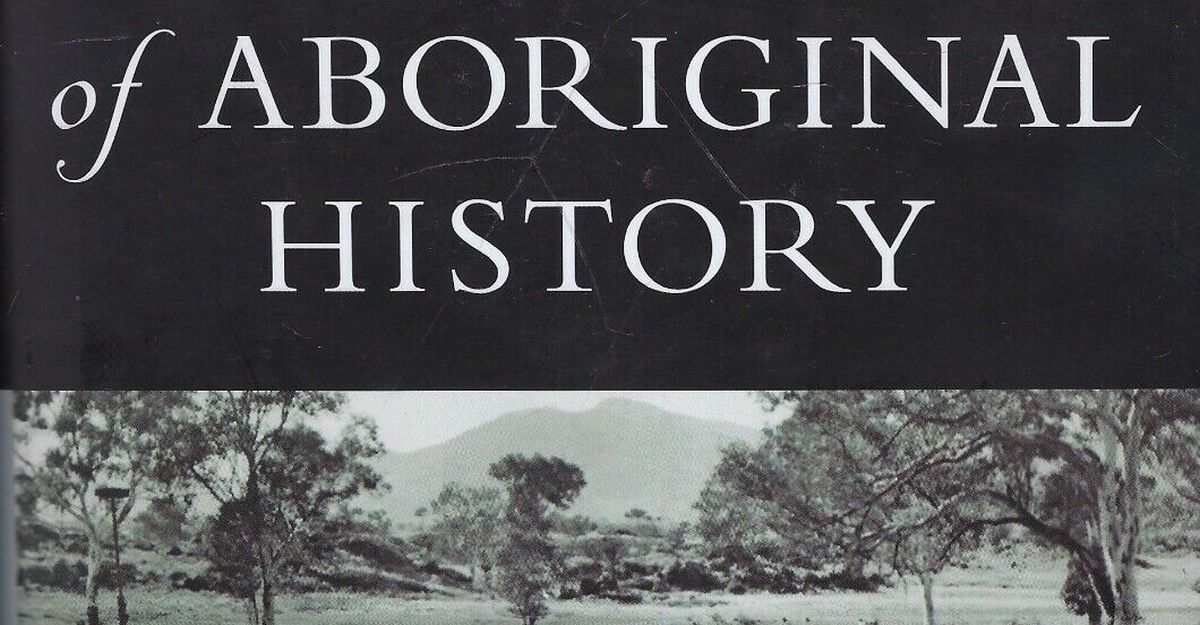Despite the insatiable desire of the settler frontier to consume and erase all in its presence, there are always estranged outliers endlessly drawn to the edges of settlement striving to reach a horizon beyond the frontier. Farmers or Hunter-Gatherers? The dark emu debate by Peter Sutton and Keryn Walshe and recently released by the University of Melbourne Press is more than a critique of Bruce Pascoe’s arguments; it is an oblique and elegiac view of Aboriginal culture through the eyes of well-known anthropologists such as WEH Stanner and lesser-known pioneers such as Donald Thompson, Ursula McConnel and Olive Pink whose work challenged the hierarchical epistemologies of their field and the sanitised myths of settlement that pass for our history.
Collectively Sutton and Walshe have worked with Aboriginal people for over 85 years. Both have been significantly involved in Aboriginal community affairs and continue to be advocates for Aboriginal people. Apart from noting that I do not consider Bruce Pascoe to be an ‘armchair theorist’ (61), but an Aboriginal man actively involved in caring for Country, this reflection upon Farmers or Hunter-Gatherers? is not an intervention or an adjudication of what may or may not be a debate. Rather this is the personal response of an Aboriginal person to the tragedy inherent in the complex relations between Aboriginal and non-Aboriginal people, which in my view, permeates Farmers or Hunter-Gatherers? In documenting Aboriginal people and ways of life erased by invasion this is a haunted and grief-struck work. But then, grief is the ongoing defining feature of Aboriginality in this settler world. In writing this reflection, it is important to acknowledge that I do not belong to any of the Aboriginal nations or communities referenced in it, nor am I an anthropologist. I apologise beforehand for any misunderstandings, misinterpretations, or disrespect on my part. We are all victims of Progress.
The dedication of Farmers or Hunter-Gatherers? to ‘Enkidu and Gilgamesh’, is something of a sleeper. In his interview with Stuart Rintoul, Sutton said that he sees ‘the birth of reconcilement’ in the Epic of Gilgamesh which is one of the earliest literary creations to emerge from the Fertile Crescent of Mesopotamia. It was there that farming began, along with all its infrastructure of metalworking, urbanisation, writing, patriarchal theocracies, monarchies, armies, and colonisation. The Epic of Gilgamesh may in the eyes of some be a cultural treasure, but for its victims it can only be contemplated with horror.
The Epic of Gilgamesh was appropriated around 1200 BC by Sin-liqe-unninni, a Babylonian court exorcist from an old Sumerian story of a king called Bilgames and his servant Enkidu. Sin-liqe-unninni erased the Sumerian Bilgames, renaming him Gilgamesh, and reducing him to be the son of a minor deity, only ‘two-thirds divine and one-third mortal’. Sin-liqe-unninni probably created the narrator, and with it the tropes of the heroic quest, the flawed hero, and the tragic hero; all of which became templates in the substrate of the settler narrative.
Sin-liqe-unninni transformed Enkidu from a servant in the Sumerian narrative into the archetypal self-effacing, self-sacrificing foil for the hero’s quest. Sin-liqe-unninni’s Enkidu was created to teach Gilgamesh humility. He was made by a goddess who washed her hands with ‘a pinch of clay’ and ‘threw it down in the wild’, making Enkidu the ‘offspring of silence’. He had no people, no country. He grazed with the gazelles. His fate was sealed by a temple-prostitute sent to seduce him and bring him to the city. The character of Enkidu may well be the template for the archetypal Other as represented in the settler narrative. Sin-liqe-unninni taught Gilgamesh humility by making Enkidu the compliant sacrificial offering of nature on the urban altar. While Gilgamesh is about a tyrannical demi-god learning humility and accepting his mortality; it is also a template for future settler narratives, demonstrating both patriarchal class and power and the power of the author to control the text. The figures of Man Friday, Chingachgook and Tonto, all echo Enkidu. Jackey Jackey, Rolf Boldrewood’s Warrigal and Vance Marshall’s ‘bush-boy’ are Enkidu’s Australian descendants, endlessly reinscribed in the colonial mind. The Epic of Gilgamesh may be a cultural treasure, but it is also a violent work of fiction. Walter Benjamin reminds us that there ‘is no document of civilization which is not at the same time a document of barbarism’. The Epic of Gilgamesh is not the birthplace of ‘reconcilement’, rather it is a template for all settler societies in their endless quest for land, preferably someone else’s land.
As a fieldworker Sutton has been well placed to document the ongoing nature of Invasion, calling the British Empire ‘the greatest kleptocracy in human history’ (4). However, I find Sutton’s equation of settlers with the first people to live in a place too simple a definition (1). The genealogy of the settlers who invaded Australia in 1788 traces back to the farmers and pastoralists of the Fertile Crescent and the Pontic Slopes. I think Sutton is probably alone in referring to ‘Australia before conquest’ (66) and the European conquest in 1788 and later’ (69). I know no Aboriginal person who would define ‘as conquered’. One sentence in Sutton’s conclusion encapsulates much of my confusion and concern with this work.
The Old People, – the First Australians – and all of us deserve better than a history that does not respect or do justice to the societies whose economic and spiritual adjustment to their environment lasted so well and vigorously until the advent of the colonies and the subsequent degradation of much of that environment through land clearing, pastoral stocking, and the spread of feral animals and plants. (200)
Sutton’s focus in this work is on the ‘Old People’, that is, pre-conquest Aboriginal people. I assume that the phrase ‘the First Australians’, which from an Aboriginal perspective is inappropriate, amplifies the ‘Old People’. Am I a ‘modern descendant’ (199)? Or do I, as a ‘conquered’ Aboriginal person, living on the outskirts of Sydney, belong in the ‘all of us’ bucket? I am concerned at the divisions and implications in the concept of ‘economic and spiritual adjustment’. While I recognise the complexities of responding to climatic change during the Last Glacial Maximum, it is my understanding that we managed Country during all those changes. I may be an urban Black, but I live in the Dreaming. And while Sutton’s focus in this book is on ‘pre-conquest’ Australia, no true ‘history’ can be written while the invasion continues to destroy Aboriginal people and endlessly memorialise itself.
Sutton makes an interesting point regarding the silence of Britain in kickstarting ‘the land theft, conquest, physical attrition and emotional trauma of the original Australians … which is our indelible legacy’ (199). However, it is his ongoing use of the word ‘conquest’ which continues to disturb me. I feel erased by it. His suggestion that Constitutional Recognition and changing the date of Australia Day to the first of January might work sometime in the future when an Aboriginal presence is but a distant memory. Such symbolic gestures in Australia only kick the can further down the road and further lighten the settler burden. While Sutton is correct in acknowledging the importance of AIAATSIS and figures like Henry Reynolds, Marcia Langton, etc., in reclaiming our history, this does not mean that anyone is paying attention. The dog-whistling Culture Wars, Howard’s refusal to apologise for the wrongs of the past, the paucity of Rudd’s apology perpetuates Australia’s ‘colonial-era delusion’ (140). As Sutton’s fellow-anthropologist Patrick Wolfe has so famously articulated, invasion is a structure, not an event. Contemporary Australia is a world leader in its incarceration rates of Aboriginal and Torres Strait Islander peoples. Australia defies international protocols in incarcerating Aboriginal children as young as ten. Aboriginal mortality rates are of a third world standard, etc, etc. Contemporary Australia is largely oblivious to the cost of settlement. Oppression, repression, and suppression remain the handmaidens of settler societies. Settler Australia looks through a glass darkly, only knowing itself in part.
The nomenclature of this work, and archaeology and anthropology in general, disturbs me. In Appendix 1 reference is made to a work by R Wood et al., ‘Towards an accurate and precise chronology for the colonization of Australia’. I don’t think any historian would use the word ‘colonization’ in this context, nor would any Aboriginal person. I understand what is meant by ‘the Old People’ but I am concerned that its use in this book cuts me from my spiritual connection with the Dreaming. Where he describes the ‘pre-conquest’ period as ‘classical’ (4, 5, 65, 70), I think Sutton is using conventional anthropological terminology. For instance, Atholl Anderson uses the phrases ‘archaic’, ‘middle’, and ‘classic’ in his 2016 lecture on the Maori Middle Ages. However, in Aboriginal communities these divisions are deeply problematic and distressing. While invasion and settlement leave me bereft of land and language, I am spiritually aware of my place in the Dreaming. Despite being the flotsam and jettison of the frontier and not enshrined in a sacrosanct classical past, I resist invasion to the best of my abilities, just like the Old People.
I found the chapter ‘Spiritual Propagation’ to be quite rewarding in its documentation of Aboriginal cultural practices. Sutton provides many examples of the importance of Increase Ceremonies in caring for country, some that he has witnessed, some that others have witnessed. In a later part of the book Sutton relies perhaps too heavily upon historical sources in relation to the 1789 expedition of Governor Phillip up the Hawkesbury River. In part, this expedition was seeking land suitable for farming, but it was also a search to find the food sources of Aboriginal people living far from the coast. Part of the answer was found in the yam beds near the junctions of what is now the Nepean, Grose, and Hawkesbury Rivers. Hunter dismissed these yam beds as ‘wild yams’. While I am not qualified to offer an opinion on this matter, I do wonder whether Hunter, a master mariner, was a qualified judge of the differences between wild and domesticated yams.
I suspect that there is in Sutton’s writing a contradiction between his spiritual recognition (13) and the binary logic of empiricism and its exclusive hold over the nature of secular truth as evidenced in phrases such as ‘dreaming mythology’ (70) and the ‘spiritual propagation philosophy of the Old People’ (90) Literary theory tells us that the western canon is structured around internal oppositions and irreconcilable binaries. The sacrifice of Enkidu is a foundational myth of the settler narrative. Enkidu had to die. Enkidu was created only to bring peace to Uruk-the-Sheepfold and for Gilgamesh to accept his mortality and be a good ruler. In terms of cultural history, the Epic of Gilgamesh is not the birth of reconcilement, but of a particular way of representing the Other antecedent to Terra Nullius; its tragedy lies in the reader’s acceptance of Enkidu’s complicity in his own sacrifice as a man without people or country. The Epic of Gilgamesh erases indigeneity.
The risk of Farmers or Hunter-Gatherers? is that it becomes weaponised by the warriors of the Culture Wars to further disadvantage Aboriginal people. As an Aboriginal person robbed of land and language, I see in this book the perplexities of outliers caught between two irreconcilable ontologies, wanting, as Benjamin has it, ‘to stay, awaken the dead, and make whole what has been smashed’. Perhaps Peter Sutton and Bruce Pascoe should get together at the Dark Emu site and have a yarn around a fire about Healing Country.






